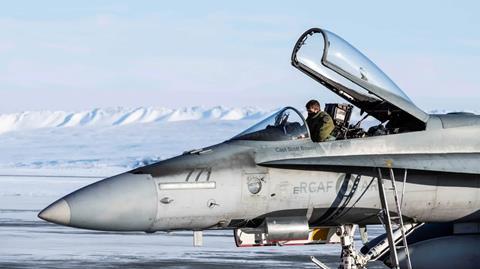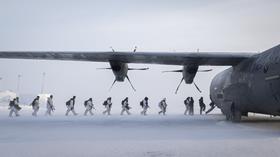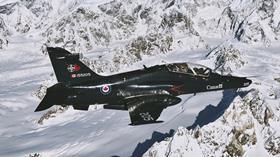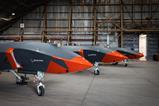The Canadian government is touting its new defence strategy as a major move toward modernisation, while downplaying the country’s failure to reach spending targets agreed to with allies.
Dubbed “Our North, Strong and Free”, the policy announced in April pledges some C$73 billion ($53 billion) in new military spending over the next 20 years, with C$8 billion coming in the next five years.
“Our defence spending next year alone will increase 27%,” said defence minister Bill Blair in 1 May remarks at the Canadian Global Affairs Institute in Ottawa.
That surge in spending will include the procurement of some 140 new combat aircraft, including Lockheed Martin F-35A fighters and Boeing P-8 maritime patrol jets, alongside some $30 billion targeted for modernisations at the joint Canada-USA North American Aerospace Defense Command (NORAD).
In particular, the NORAD improvements are targeted at new over-the-horizon radars that Blair says will give the Colorado Springs command a “clear 360 degree view of incoming threats”.

What Ottawa’s new military strategy does not do is meet the defence spending commitment agreed to by all NATO members in 2023.
Heads of state from the Euro-Atlantic military alliance formally pledged to each spend the equivalent of at least 2% of gross domestic product (GDP) on defence at a summit in Lithuania last summer.

That goal was first established as a guideline in 2014.
Canada has been a perpetual laggard in this regard, with the latest NATO figures putting Ottawa’s expenditures at less than 1.5% of Canadian GDP.
Blair acknowledges the Our North plan fails to meet the 2% goal, even two decades hence. However, the Toronto police chief-tuned-minister argues the plan delivers significant improvements, in line with the spirit of the NATO agreement.
“That’s obviously less than 2%,” he concedes. “But what it amounts to is a near tripling of defence spending,” Blair adds, referencing the 2015 start of the current Liberal government under Prime Minister Justin Trudeau.
Whether fellow NATO members reach a similar interpretation remains to be seen. However, Blair appears sanguine on the matter.
“We are on a strong upward trajectory,” he says. “I have been able to provide our allies with assurances that we know we need to do more. Canada is and is going to do its part,” the defence minister adds.
Ottawa’s current armaments splurge, which includes both new aircraft and naval ships, represents Canada’s largest military modernisation since the Second World War.
Blair says, “job number one” for the effort will be “protecting every inch of Canda’s sovereignty”, with a particular focus on the High North.
While natural geography ensured the security of Canada’s Arctic and northern territories in decades past, Blair argues that protection alone can no longer be relied upon – thanks to thinning sea ice and modern military technology.

Data cited by Ottawa indicates the Arctic region is experiencing temperature warming at a rate four times the global average, “making it more accessible and attractive to our competitors”, Blair notes.
The latest Canadian defence strategy predicts the Arctic Ocean could become the most efficient shipping route between Europe and Asia by the year 2050.
“Russia and China see the Arctic as key to expanding their influence,” Blair says.
Both states, according to Ottawa, are investing in long-range cruise missiles, new submarines and hypersonic weapons that are faster and harder to detect – chipping away at North America’s previous geographic advantages in the Arctic region.
Blair says the new investments in long-range radars, stealth fighters and patrol aircraft will “vastly improve” Canada’s ability to detect threats from the north.
“It’s overdue, it’s necessary and it’s going to happen,” he says, noting most of the new platforms will reach initial operational capability between 2026 and 2030.
The new defence strategy is also meant to provide stable and predictable revenue stream to Canadian industry that will support a long-term increase in munitions production.































